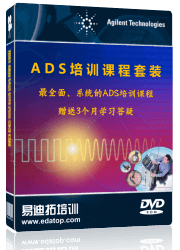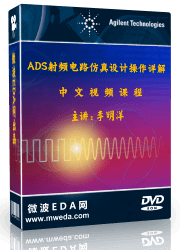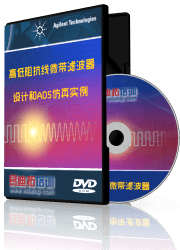- 易迪拓培训,专注于微波、射频、天线设计工程师的培养
Keysight ADS EM co-simulation: port reference plane
Please explain me, why is this happening and which result is correct?
Try making a very short input segment (but not zero length) at the Tee-junction, instead of placing the pin exactly at the Tee. I think your issue is that Momentum doesn't understand what port width you want, and uses the entire width - including the TL2 stub length - as the port width.
You could also use a controlled "drawn" port width, by using an edge pin with manually drawn size, as I described in this appnote:
http://muehlhaus.com/support/ads-app...edge-area-pins
申明:网友回复良莠不齐,仅供参考。如需专业帮助,请学习易迪拓培训专家讲授的ADS视频培训课程。
上一篇:[Moved]: Simulation of H-paramters and cut off frequency of HBT transister in ADS
下一篇:ASCII file exported from ADS
ADS涓枃瑙嗛鍩硅鏁欑▼ | More...
 国内最全面、最专业的Agilent ADS培训课程,可以帮助您从零开始,全面系统学习ADS设计应用【More..】
国内最全面、最专业的Agilent ADS培训课程,可以帮助您从零开始,全面系统学习ADS设计应用【More..】
- Agilent ADS教学培训课程套装
- 两周学会ADS2011、ADS2013视频教程
- ADS2012、ADS2013射频电路设计详解
- ADS高低阻抗线微带滤波器设计培训教程
- ADS混频器仿真分析实例视频培训课程
- ADS Momentum电磁仿真设计视频课程
- ADS射频电路与通信系统设计高级培训
- ADS Layout和电磁仿真设计培训视频
- ADS Workspace and Simulators Training Course
- ADS Circuit Simulation Training Course
- ADS Layout and EM Simulation Training Course
- Agilent ADS 内部原版培训教材合集








